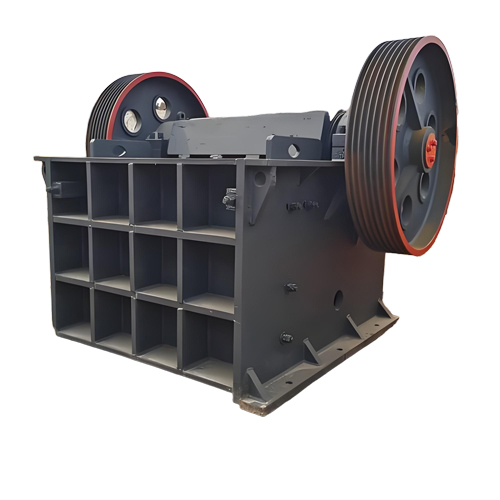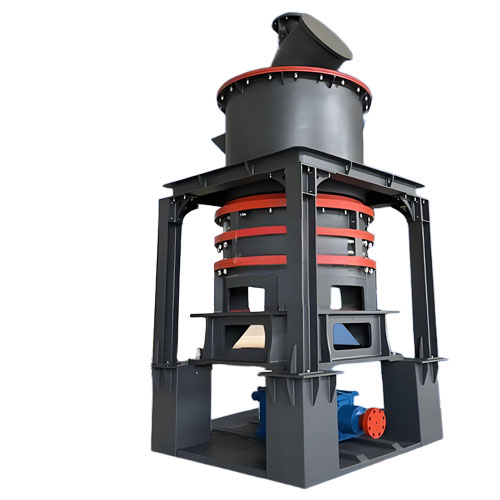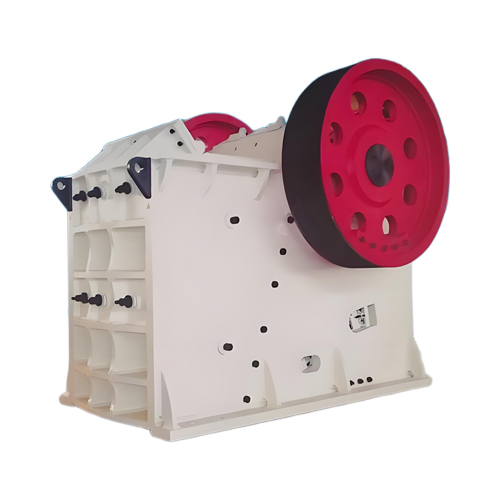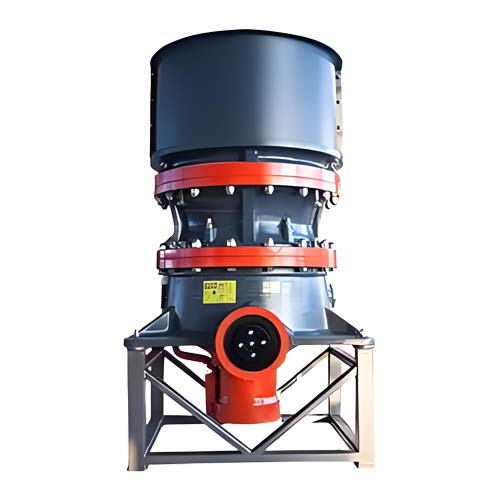Mining grinding equipment commonly used in calcium oxide grinding
For further processing of calcium oxide powder, equipment selection depends on fineness, production capacity, and environmental requirements. Raymond mills are energy-efficient and suitable for medium-scale production; vertical mills are highly automated and suitable for ultrafine powders; and ball mills have high output and are suitable for primary processing. Choosing the right equipment can improve efficiency and reduce costs.
The grinding and deep processing of calcium oxide (CaO, commonly known as quicklime) usually involves high-fineness and high-efficiency grinding processes. Depending on the material hardness, fineness requirements, production capacity scale and environmental protection requirements, commonly used mining grinding equipment mainly includes the following:
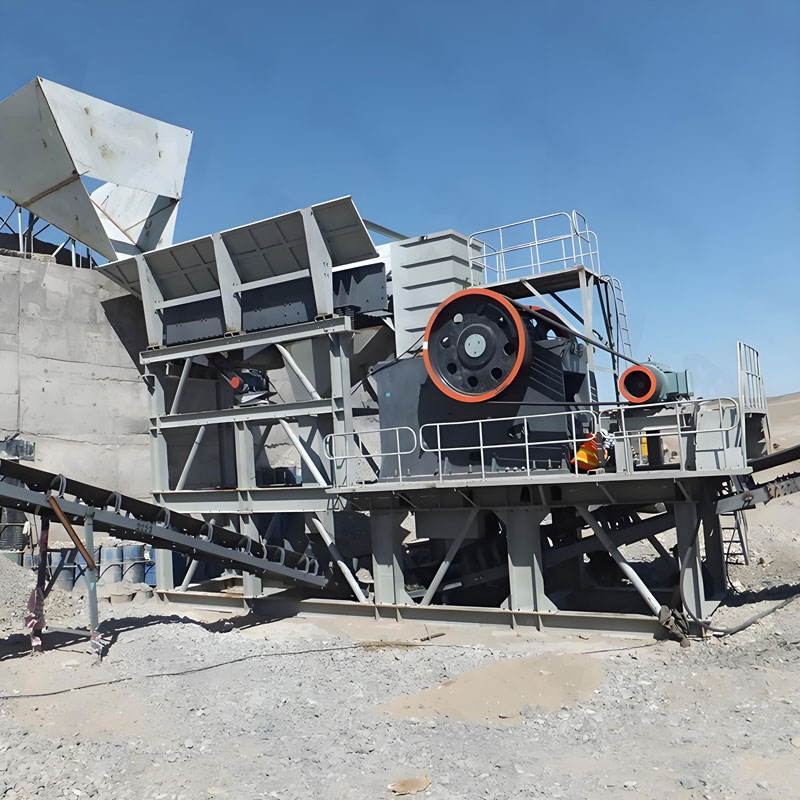
Raymond mill
● Features: Traditional and cost-effective equipment, suitable for medium-hardness calcium oxide materials.
● Advantages:
○ High efficiency and energy saving, the production capacity is increased by 40% compared with traditional equipment, and energy consumption is reduced by more than 30%.
○ Environmentally friendly design, equipped with pulse dust collector, less dust emission, in line with environmental protection standards.
○ Compact structure, small footprint, suitable for small and medium-sized production lines.
● Applicable scenarios: Fineness requirement is 80-400 mesh, suitable for medium-scale deep processing of calcium oxide, such as preparation of building materials and chemical raw materials.
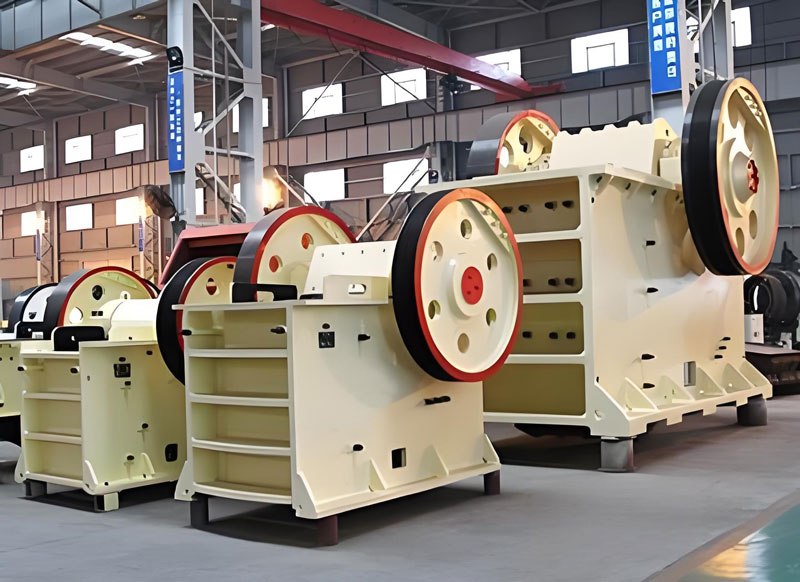
Vertical grinding mill
● Features: Large-scale equipment integrating drying, grinding, grading and conveying.
● Advantages:
○ The overall investment cost is low, and the floor space is only 50% of that of the ball mill, which is suitable for outdoor layout.
○ High grinding efficiency, energy consumption is 40%-50% lower than that of ball mill, and it can process coarse powder to ultrafine powder (200-2500 mesh).
○ High degree of automation, easy maintenance and low operating costs.
● Applicable scenarios: Large-scale calcium oxide production lines, especially suitable for ultra-fine powder needs (such as high-end building materials, pharmaceutical carriers, etc.).
Ball mill
● Features: Traditional grinding equipment, suitable for extensive processing of medium and low hardness materials.
● Advantages:
○ High output, low loss and simple operation.
○ Strong adaptability, capable of handling larger particle materials.
● Note: The noise is high, the space occupied is large, and dust removal equipment may be required when environmental protection requirements are high.
● Applicable scenarios: Primary or medium fineness processing of calcium oxide (below 200 mesh), suitable for fields with low fineness requirements (such as metallurgical flux, cement additives).
Equipment selection recommendations
● Capacity and cost: Choose vertical mill for large-scale production and Raymond mill for small and medium-sized production.
● Environmental protection requirements: Give priority to equipment equipped with dust removal systems (such as Raymond mills and vertical mills).
In summary, the selection of calcium oxide grinding mills for further processing requires a comprehensive consideration of product fineness, production capacity, budget, and environmental requirements. Raymond mills and vertical mills are the mainstream choices due to their high efficiency, environmental friendliness, and wide adaptability to finenesses, while ultrafine mills and air jet mills are suitable for high-end, refined applications. It is recommended to work with equipment manufacturers’ engineers to customize a solution based on specific project requirements.
Related Products
Inquiry
Please leave us your requirements, we will contact you soon.


